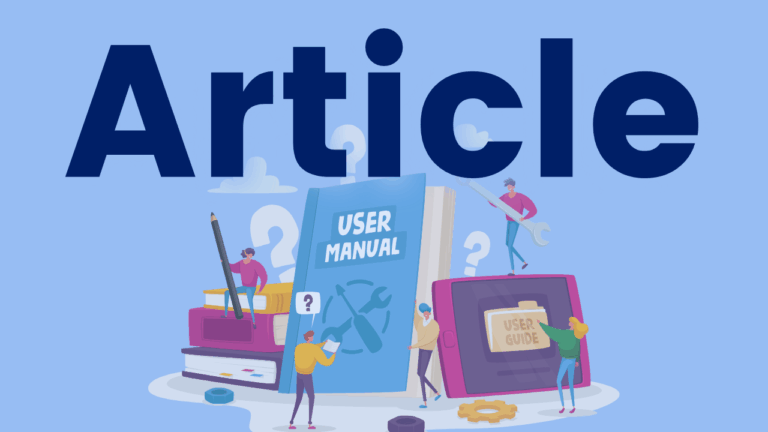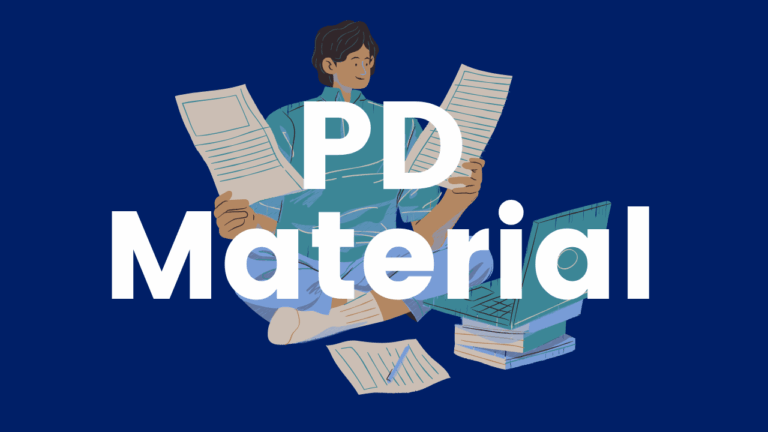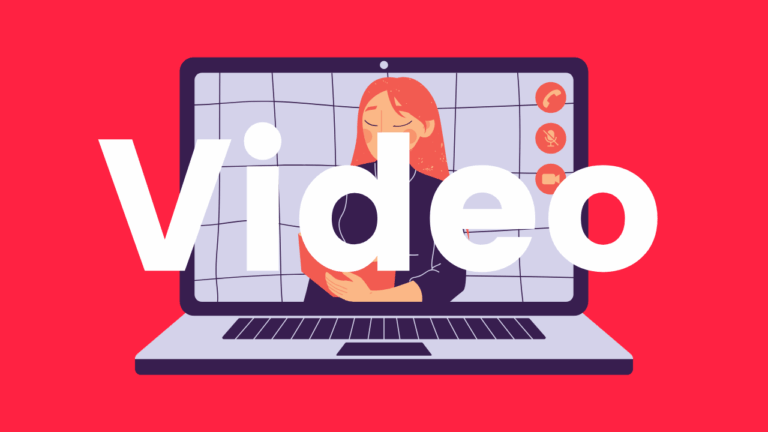Critical Thinking: Why is it so hard to teach?
In this Reading Rockets article, Daniel Willingham explores the topic of critical thinking and how to foster metacognitive skills in the classroom. Willingham notes that background knowledge plays a role in critical thinking and understanding the surface structure of problems. He provides evidence-based strategies, such as promoting thinking within a particular domain to bring everyday…






